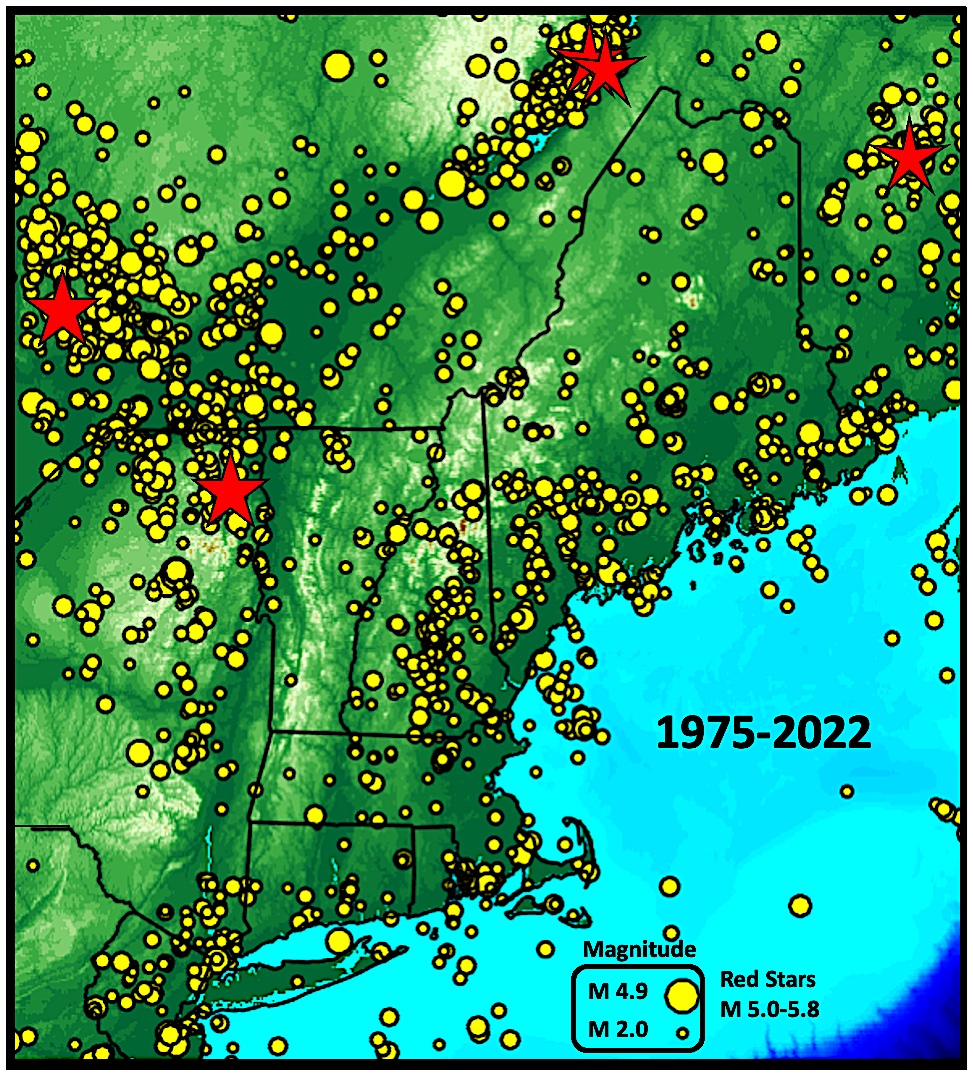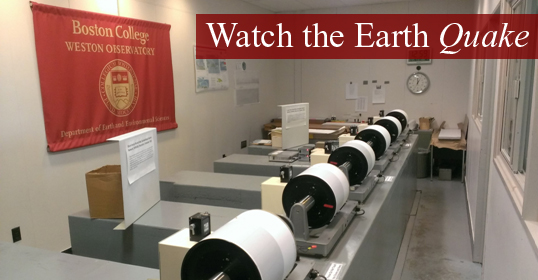Welcome to the Weston Observatory
Weston Observatory is a geophysical research and science education center of the Department of Earth and Environmental Sciences at Boston College. The Observatory, which has been recording earthquakes since the 1930s, conducts research on earthquakes and related geoscience. It is part of a worldwide distributed network for earthquake monitoring and research and for providing educational and public outreach resources about all aspects of the science of seismology, earthquake hazards, and related geoscience.
Today's advances in geophysical instrumentation, coupled with advances in internet communication and social media, make it possible to observe and study earthquakes and the Earth's interior in unprecedented ways. Weston Observatory shares in that endeavor as we celebrate the Observatory’s past and look to its future as BC’s earthquake observatory for the 21st Century.



